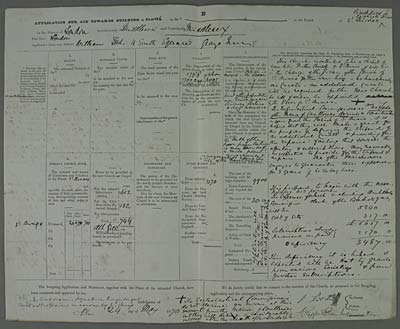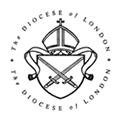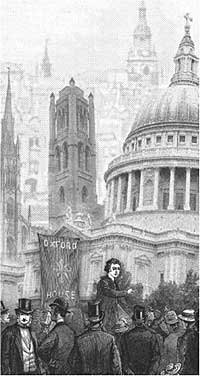Historical themes in the Diocese of London: Has religion really been in decline since the end of the nineteenth century?
It has often been assumed that religion declined as modern industrial cities developed and that church attendance was a characteristic of villages and towns rather than large urban conurbations. However, recent research has suggested that a simple story of urban religious decline does not reflect the real wide range of variation and fluctuation in religiosity.
Look
What structural/architectural evidence can you find for past religious energy? How many churches are there? The foundation stones and dedication tablets of parish churches will indicate when new Anglican parishes began. Alternatively, what structural evidence is there for religious decline? Is there evidence of a significant number of church closures and can you find out when these occurred?
Listen
You may well be able to interview individual clergy or older lay members of individual congregations. What stories can clergy tell you about their predecessors? What can they tell you about the religious history of the area? What is their perception of growth or decline? If lay members talk in terms of the ‘good old days' try to find out to what extent this reflects nostalgia or reality. See here for more information on oral history.

The mid – late nineteenth century was a period of concentrated church building as the Diocese of London responded to a fast increasing population. This is an application to the Incorporated Church Building Society in 1870 for funds to build a new parish in Brookfield. (Image courtesy of the Church Commissioners).
Read
The following may be useful:
Rex Walford, The growth of New London in suburban Middlesex (1918–1945) and the response of the Church of England, Lampeter: Edwin Mellen Press, 2007.
Jeffrey Cox, The English Churches in a Secular Society: Lambeth 1870-1930, Oxford: OUP, 1982.
Callum Brown, The Death of Christian Britain: Understanding Secularization, 1800-2000, London: Routledge, 2009.
Sarah Williams, Religious Belief and Popular Culture in Southwark, c. 1880-1939, Oxford: OUP, 1999.
Jeremy Morris, Religion and Urban Change: Croydon, 1840-1914, Woodbridge: Boydell, 1992.
Research
There are various potentially fruitful ways of measuring levels of religiosity. One approach is to examine church attendances. Here it might be useful to contrast attendances indicated in the 1851 Religious Census, the British Weekly census of 1886 (published as The Religious Censuses of London in 1888) and the London Daily News census (www.archive.org/details/religiouslifeofl00mudi). Other possible sources include the Register of Services and electoral rolls of individual parishes (many of these are held at the London Metropolitan Archives). For clerical and lay perceptions of religiosity in individual parishes the visitation returns (held at Lambeth Palace Library can be revealing, as, after 1919, can PCC minute books, many of which are also held at the London Metropolitan Archives.






